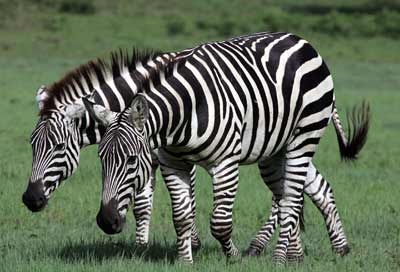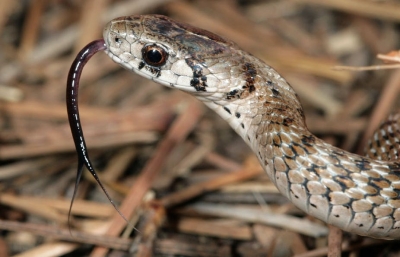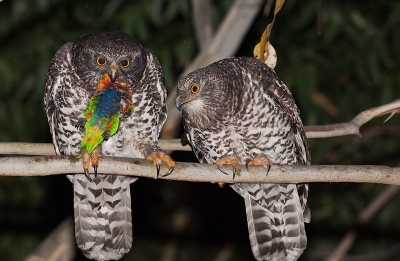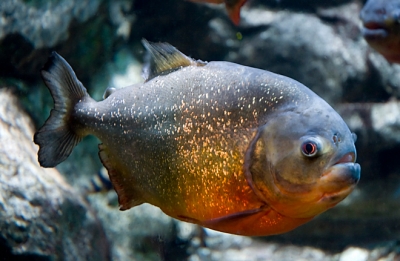Which bird can fly backward?
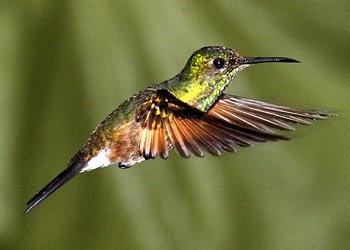
Hummingbirds are fascinating and impressive birds. They are not only the smallest migrating bird, measuring 7.5–13 centimeters in length, generally, but they are also the only known birds that can fly backward. The hummingbird moves their wings in figure eight, which allows the bird to easily move backward in the air. Their wing-flapping rates can reach 80 beats per second, and their heart rates can reach 1,260 beats per minute. Their wings beat so fast that they make a humming noise, which ended up earning the bird its name.
With such rapid metabolism, hummingbirds have a long lifespan. A female broad-tailed hummingbird was recorded to live as long as 12 years old. The lifespan of north American species is about three to five years on average.
While in flight, hummingbirds have the highest metabolism among all animals except for insects. This supports their constant wing beating during flights and while hovering. It has been estimated that they can beat their wings at a high rate of 88 times per second. The structure and muscle in a hummingbird’s wings give it total control over the way it flies. This is not present in other birds. Through this, they can fly sideways, backward and forward, even diagonally.
Their shoulder is connected via a ball and socket joint, which gives them the liberty to rotate their wings 180 degrees in every direction. The small size of this bird also allows it to change direction anytime and fly faster and easier than any other bird. It has been observed that the hummingbird exert the same energy when it flies backward and forward. This means flying backward is a normal activity for them, just like flying forward is.
Credit : CGTN
Picture Credit : Google
